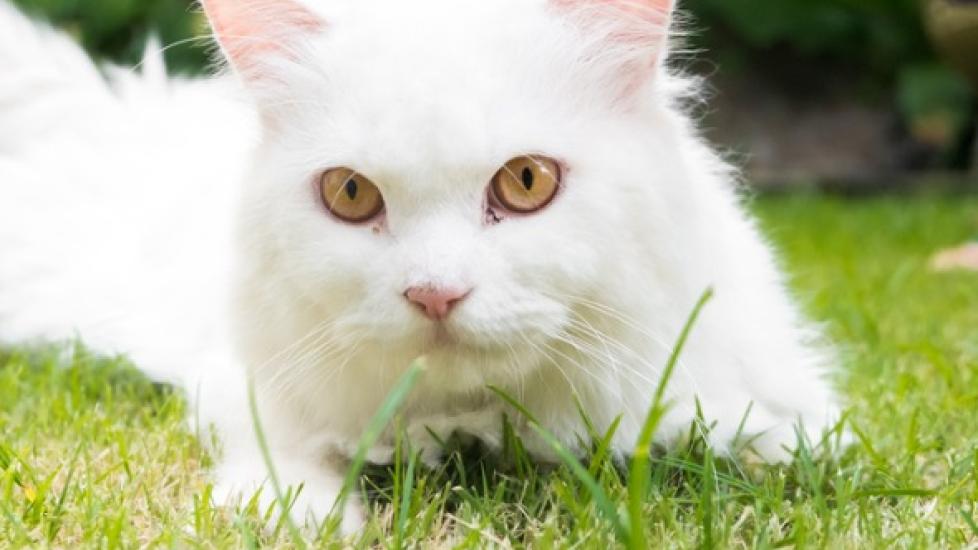Degeneration of the Iris in the Eye in Cats
Iris Atrophy in Cats
Iris atrophy refers to the degeneration of the iris, the colored part of the eye that surround the black center (or the pupil). This medical condition can affect cats of all ages and breeds, but appears to be more common in cats with blue irises. There is also a secondary type that is due to chronic inflammation or high intraocular pressure resulting from glaucoma.
Symptoms and Types
Vision is not usually affected by iris atrophy, but there may be some sensitivity to light. Other typical symptoms associated with this of disorder include:
- Incomplete pupillary light reflex, accompanied by a normal menace response (the reflex to close the eyes when a finger is stabbed toward the eye)
- Unilateral — may note anisocoria (unequal pupil sizes)
- Irregular, scalloped edge to the pupillary margin
- Thin or absent areas of the iris on transillumination
- Strands of iris occasionally remain, spanning across portions of the pupil
- Holes within the iris stroma — black spots that may resemble additional pupils
- Swelling (edema) of the cornea
Causes
- Normal aging
- Uveitis (inflammation of the uvea portion of the eye)
- Glaucoma
Diagnosis
Your veterinarian will perform a thorough physical and ophthalmological exam on your cat. The initial goal will be to differentiate iris atrophy from congenital iris anomalies, as there are a variety of other eye issues that can be the cause of the symptoms, such as ris aplasia (failure of the iris to develop normally), iris hypoplasia (underdevelopment or incomplete development of the iris), iris coloboma (a complete, full-thickness area of lack of development of all layers of the iris), and polycoria (when more than one pupil is present in a single iris within the animal's eye, each with the apparent ability to constrict).
Treatment
Iris atrophy is not reversible, so much of the treatment is designed to target the underlying disease that has caused it, or to halt the progression of the disease.
Living and Management
Due to the nature of this medical condition, it is possible that it will continue to progress as your cat ages.
Featured image: iStock.com/beest
